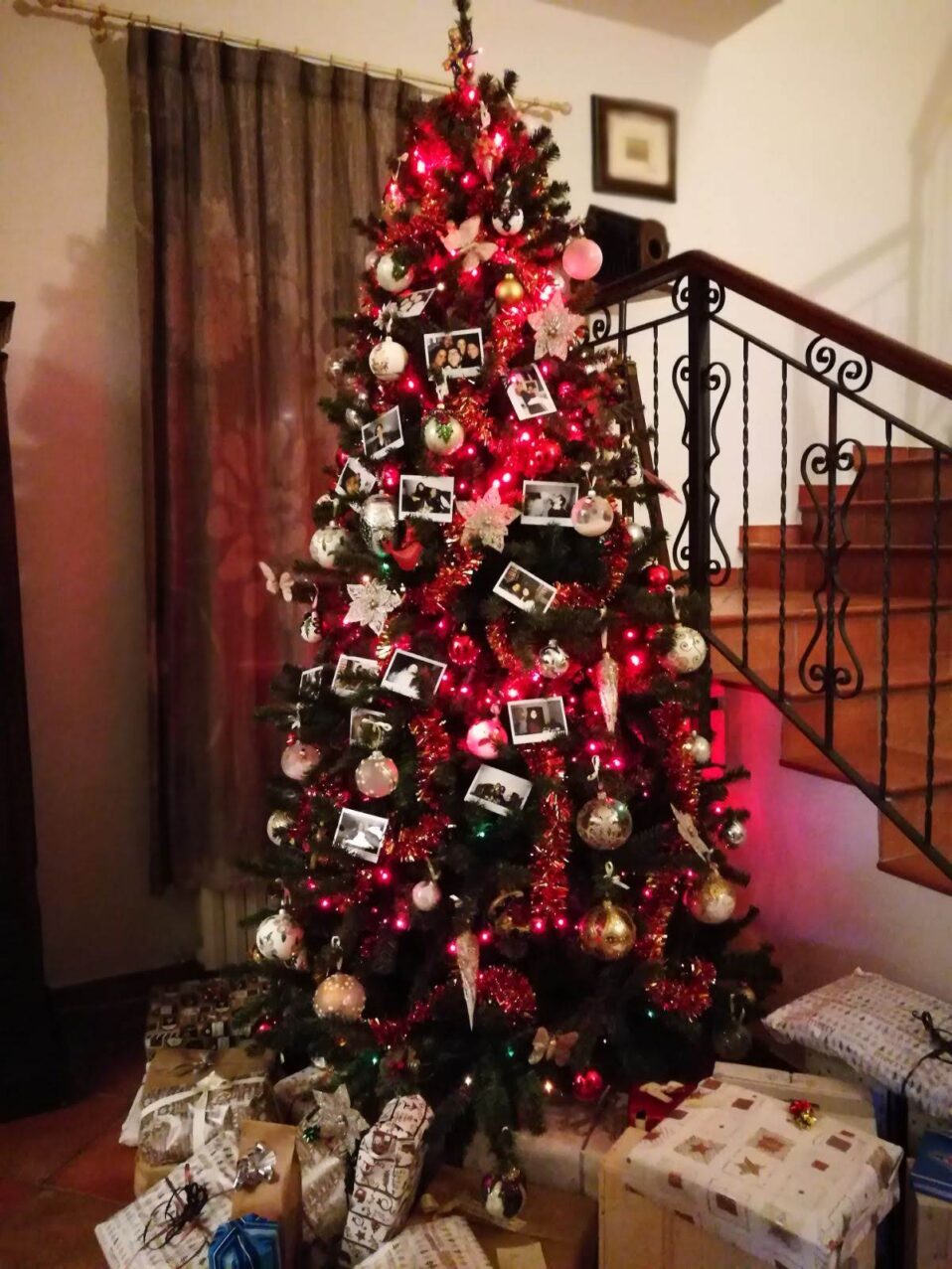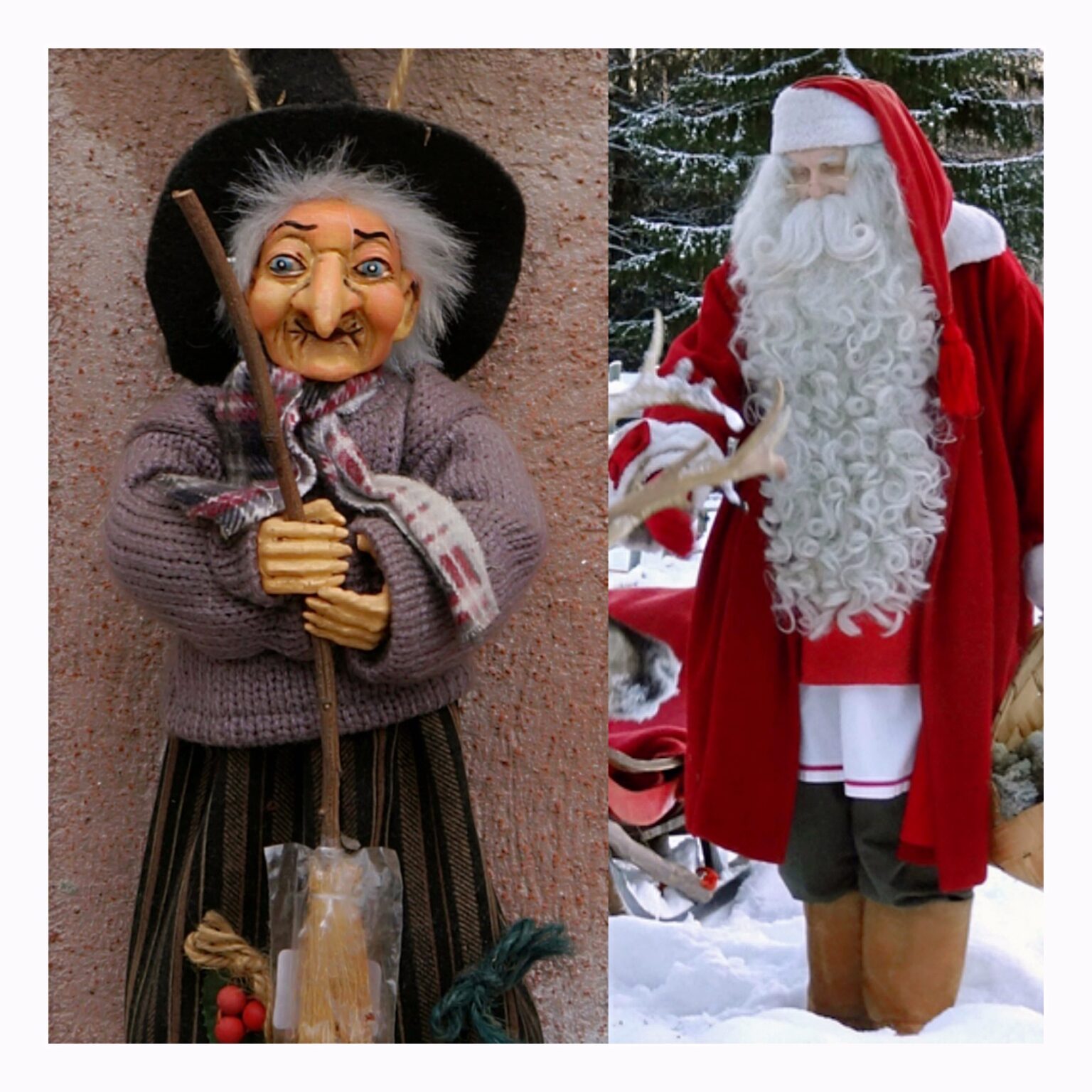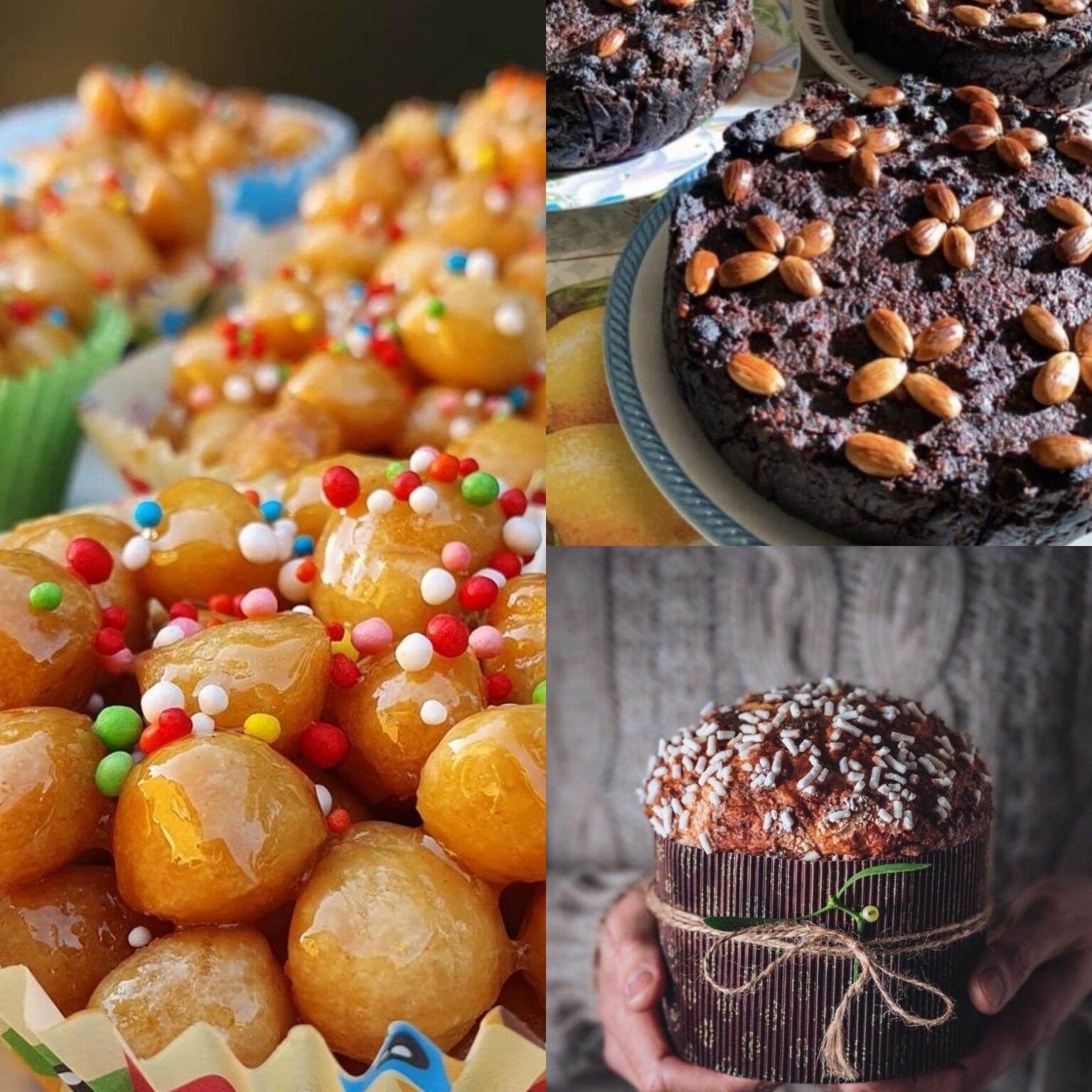CHRISTMAS IN ITALY


Is celebrated differently, depending on the region. However, there are many things in common between the regions. For all children, this is the most important holiday of the year and falls on December 25th of each year. Their letters are sent to Santa Claus and are full of desires. On the night of December 24th, Santa Claus flies with his sleigh pulled by reindeer over the homes of all the children and descending from the fireplace, he leaves the gifts under the Christmas tree, decorated and illuminated as tradition dictates.
The Christmas tree is traditionally decorated on December 8th, the day of the Immaculate Conception and is not taken down until January 6th, the day of the Epiphany. The “Befana” does not receive letters, but brings onions and coal to all the “naughty” children and sweets to the good ones. Everything is placed inside an old sock that the children will find the next morning.
Creating the nativity scene (The representation of the nativity of Jesus Christ) is one of the traditions in which most regions love to participate.
There are seriuos competitions for those who have built the most beautiful cribs. There are also competitions for the best live nativity scenes. St. Francis of Assisi was the first to bring the idea of the crib to Italy. Every year in Bologna there is the Santa Lucia fair, an annual market where you can find the most sought-after figurines for the crib produced by local artisans.
The Christmas culinary tradition in Italy is so rich in typical dishes that it is impossible to list them all in a few lines. All that remains is to name my favorites: “Frustingo marchigiano” (or fristingo, frostengo, pistingo, bostrengo is one of the few desserts that have such a large number of names depending on the province). It is widespread in most of the Marche region and is one of the oldest in the culinary tradition. It is said that more than two thousand years ago, the recipe was inherited by the ancient Piceni from the Etruscan people.
Originally, what today is a typical dessert of the Christmas period, was prepared by mixing the flours of different cereals including barley, durum wheat, spelt and marzuolo wheat, with raisin juice and then cooked in a large clay Olle (outdoor oven). Then I cannot fail to mention the Nougat of Cremona, the Panettone of Milan, the Neapolitan Struffoli …
In Sardinia, a region very dear to me, during Christmas Eve, celebrated as “Sa notte ‘e xena”, we gather all together around a outdoor fireplace, and we proceed to burn a small stump reserved for this particular tradition.
In Sardinia, the preparations for Christmas lunch and dinner begin several days before and involve the preparation of many dishes made with local ingredients such as the famous roast piglet (Porceddu) with vegetables. As for dessert, “Pane di Saba”, typical Sardinian sweet bread, or the “Papassini”, large, short crust biscuits with walnuts, almonds, raisins, lemon zest and honey. It is tradition throughout Italy to do “Vigila” on December 24th; we do not eat meat. You can eat fish, eggs, or cheese instead. At midnight it is traditional to open the gifts and, in some regions, tortellini in broth or pumpkin “Cappellacci” are prepared to be enjoyed late at night. Christmas lunch is strictly for the family, and only the most traditional Christmas dishes are presented in an established order.
A typical saying in Italy that I like to quote is “Christmas with your family, Easter with whoever you want”
I wish you all a peaceful Christmas !
Alessandra
IWC Website/social media editor


